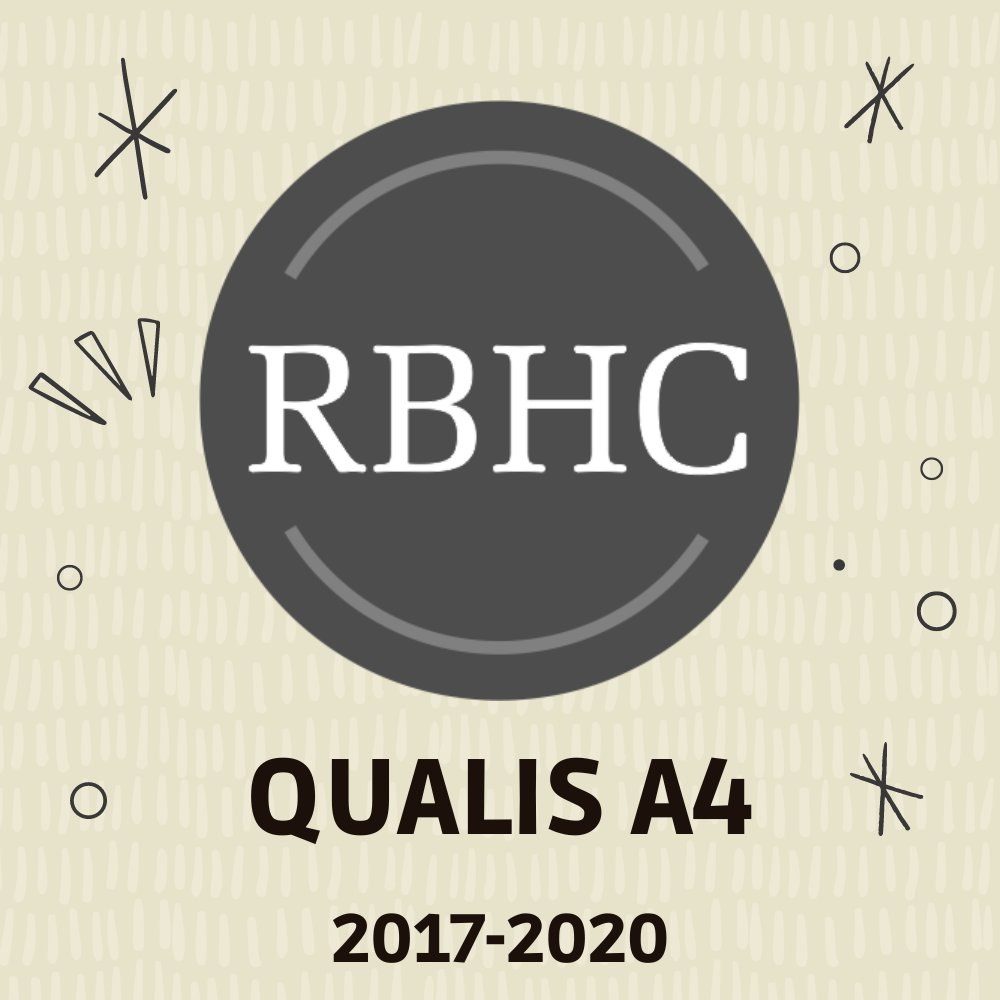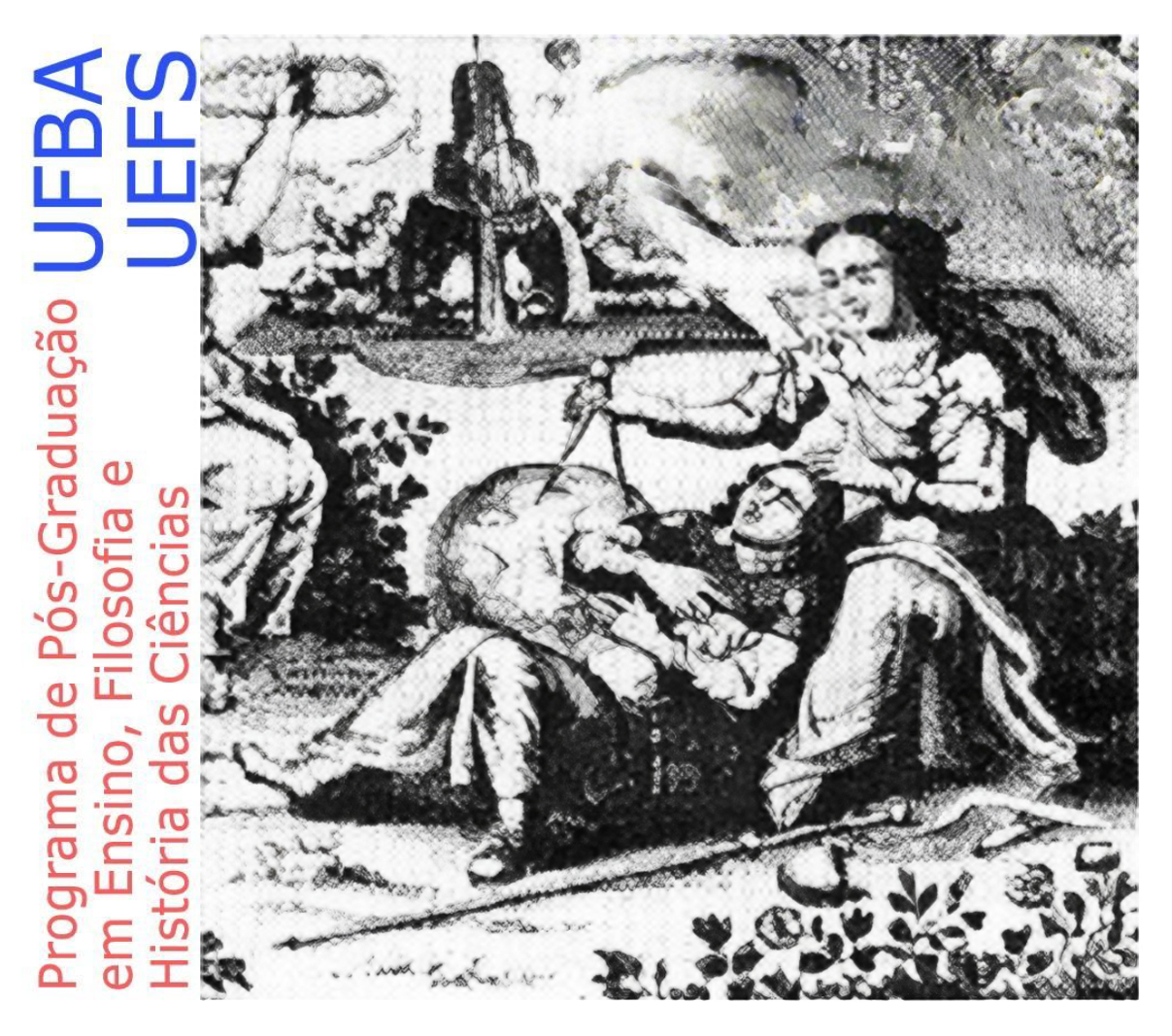A Telegrafia Elétrica Estatal no Brasil de 1852 – 1914
Keywords:
Telegraphy, history of techniques, history of science, BrazilAbstract
This work present and analyze the introduction of the government terrestrial electric telegraphy in Brazil since the Second Empire to the first decade of Republic. During the Imperial time, the great figure of telegraph in Brasil was Guilherme Schüch de Capanema (1824-1909). He installed the first telegraphic line, in 1852, between Paço de São Cristóvão and Campo de Aclamação, at Rio de Janeiro’s court, and guided the Telegraph Office (RGT) until the Empire’s fall. Under his direction, the telegraphic lines were amplified from North to South throught all the coast, from Belém until Uruguay and Argentina’s borders. The development of terrestrial lines faced the natural geographic dificulties and the competition with the submarine cables from the English companies installed from 1873 on. The new direction of RGT, installed in the beginning of Republic, recognized the necessity of investments to maintain the lines, some of them with more than twenty years, and recognized the aggravation, to RGT, of the fight for the telegraphic traffic with submarine cables. In this period, the competition with the telegraphic lines of the railway companies was also intensified. Besides used to control the train traffic, the telegraphic lines from the railway companies began to transmit telegrams with lower taxes than RGT. At last, the Republican Govern also showed interest in using the telegraph as an occupation form and territorial control of its borders.
Downloads
Downloads
Published
Issue
Section
License

This work is licensed under a Creative Commons Attribution-NonCommercial-NoDerivatives 4.0 International License.















